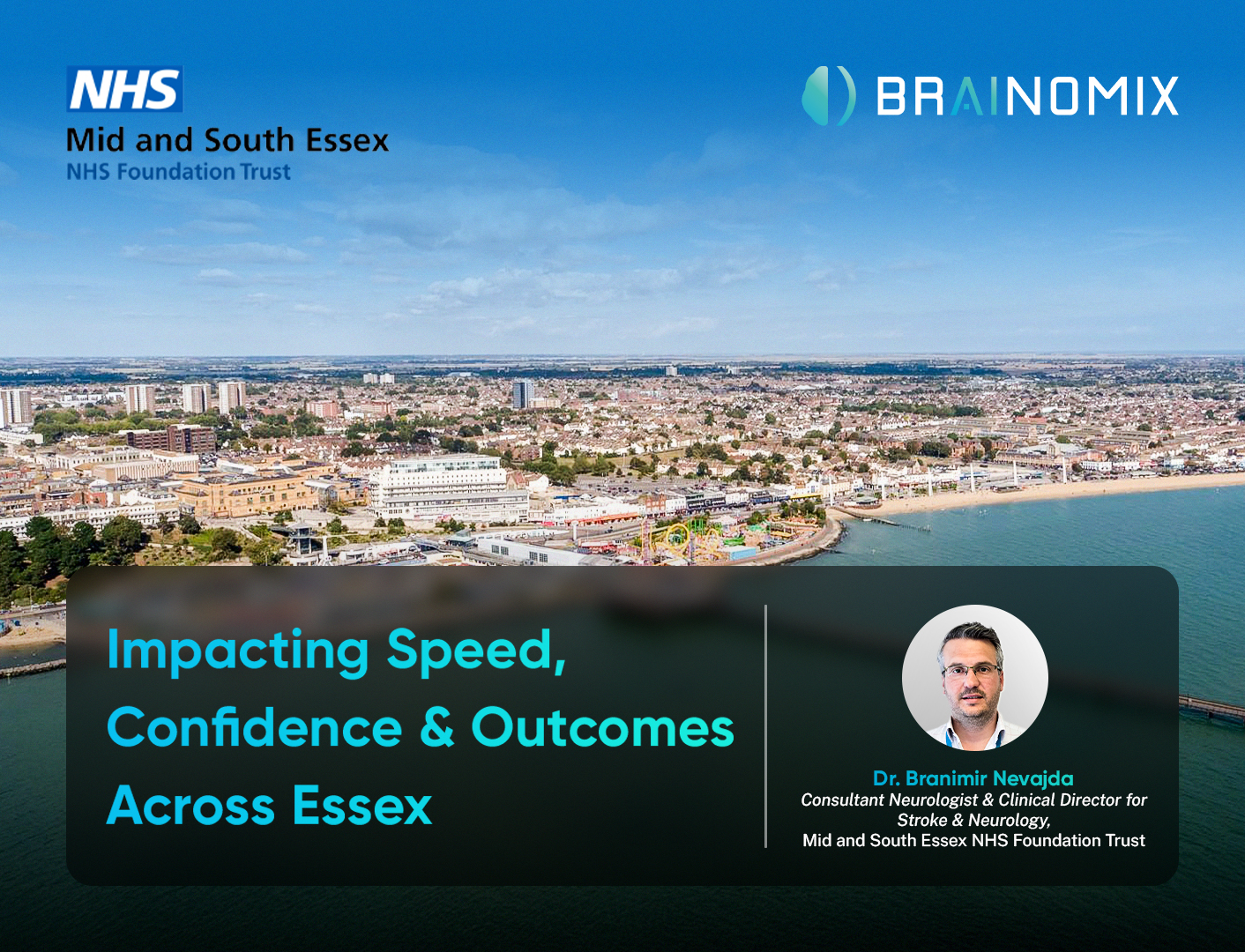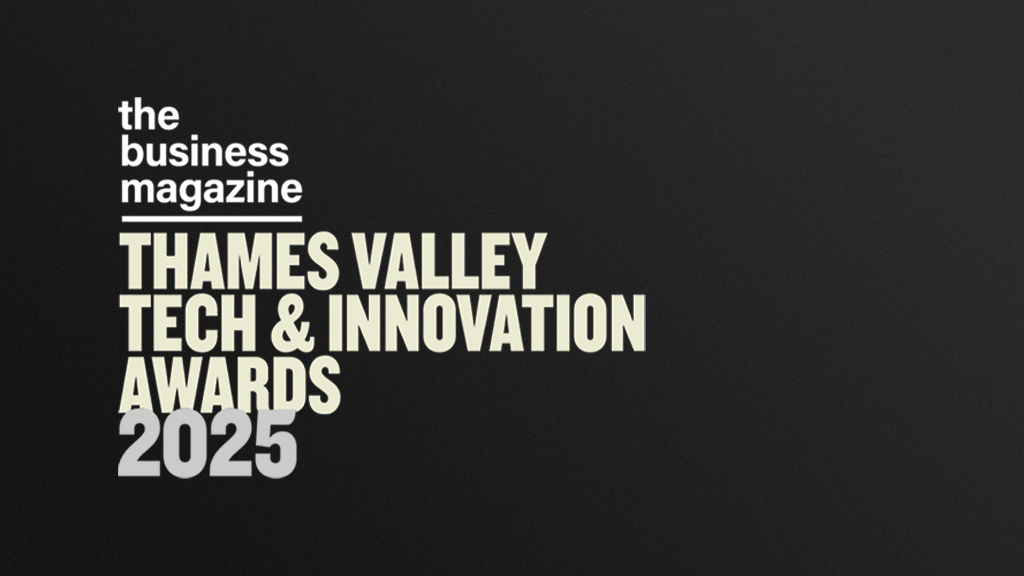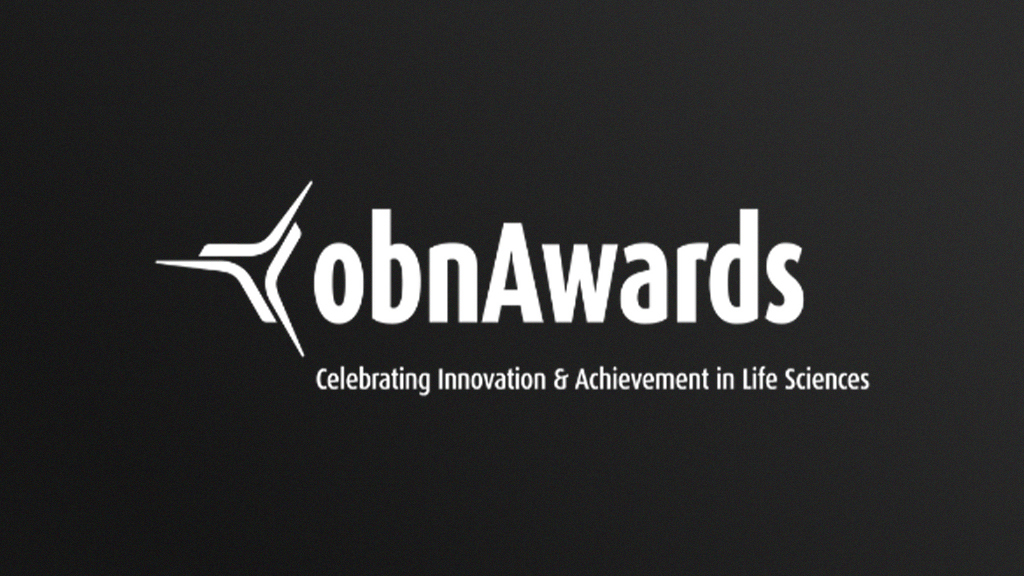An Interview with Dr. Branimir Nevajda, Consultant Neurologist, Clinical Director for Stroke & Neurology, Mid and South Essex NHS Foundation Trust.
At the Mid and South Essex NHS Foundation Trust, the integration of Brainomix 360 Stroke is amplifying their stroke pathway. Dr. Branimir Nevajda, who serves as Consultant Neurologist and Clinical Director for Stroke & Neurology, offers a compelling look at how the Brainomix 360 Stroke system, implemented in 2024, has fundamentally changed their clinical practice and patient outcomes.
Dr. Nevajda began his medical career at the University of Zagreb in 2007, developing a strong foundation in clinical neuroscience and a fascination with cerebrovascular disease. Joining Basildon University Hospital in 2015 as a Consultant in Stroke Medicine and Neurology, he has since played a central role in developing stroke and neurology services across the trust. Currently, as Clinical Director, Dr. Nevajda leads strategic development and delivery of services across multiple sites, implementing pathway redesigns and innovations in neurovascular diagnostics, and collaborating closely with regional networks and frontline teams. He is known for his clinical excellence and forward-thinking approach to service improvements and digital transformation.

Q: Is there a specific moment or case where Brainomix made a significant difference in the treatment of a patient under your care?
Dr. Nevajda: "Yes, one case that stands out involved a 79-year-old man with unknown time of onset, presenting with signs of a large vessel occlusion (LVO). CT imaging showed a small area of an acute infarction, with Brainomix providing an ASPECTS score of 9. This was followed by immediate CT perfusion and CT angiogram. Due to automated analysis of CTP showing a perfusion mismatch and evidence of LVO detected by Brainomix, this enabled a speedy transfer of images using the 'Share Link option' to the thrombectomy centre and quick decision making. The patient received the thrombolytic treatment locally and was transferred for mechanical thrombectomy. This likely wouldn't have occurred without the AI support. He was discharged home with minimal deficit — a remarkable outcome that hinged on timely, accurate interpretation."
This powerful anecdote underscores how Brainomix can unlock critical treatment pathways, even in complex cases with uncertain onset times, leading to life-changing results.
Q: What would you say is the single most valuable way Brainomix has changed your day-to-day clinical practice as a Consultant Neurologist?
Dr. Nevajda: "The most valuable change has been the reduction in diagnostic variability and decision-making delays alongside extremely fast communication and image sharing. Brainomix provides fast, objective imaging analysis which has standardized our assessment of infarct core and penumbra. It also allows consultants to make high-stakes decisions more efficiently."
This highlights Brainomix's role in bringing consistency and speed to crucial diagnostic processes, a vital asset in stroke management where every second counts.
Q: Could you share one or two KPIs where you've observed a noticeable positive change since implementing Brainomix at your trust? What do these changes signify for patient care?
Dr. Nevajda: "Door-to-decision time for thrombectomy referrals has reduced significantly across our network. These improvements translate directly into better functional outcomes for our patients."
This direct correlation between operational efficiency and improved patient prognosis demonstrates the tangible impact of Brainomix on key performance indicators.
Q: How has Brainomix influenced communication and collaboration within your multidisciplinary stroke team?
Dr. Nevajda: "Brainomix has streamlined imaging discussions. All members can access uniform, annotated imaging across devices. The speed of communication and image sharing has been one of the most important improvements for us due to previous issues and delays with image transfers."
The ability for a multidisciplinary team to view and discuss standardized, annotated images in real-time fosters seamless collaboration, overcoming previous logistical hurdles.
Q: From your perspective as Clinical Director, how has Brainomix supported any specific pathway redesigns or innovations in neurovascular diagnostics within the trust? What has been the impact of these changes?
Dr. Nevajda: "We’ve restructured our hyperacute stroke pathway, incorporating Brainomix imaging at the front door, and patients in which we use Brainomix follow a more specific pathway than what we used to do when Brainomix wasn’t available. As a result, our average time from onset to reperfusion has improved significantly."
This illustrates Brainomix's role not just as a tool, but as a catalyst for systemic improvements in stroke care pathways, leading to faster treatment times.
Q: Looking ahead, what potential do you see for Brainomix to further evolve and enhance stroke care within your region? Are there any specific areas you're particularly excited about?
Dr. Nevajda: "If/when Brainomix expands into ICH analysis and prognostication tools, it could provide critical insights in intracerebral haemorrhage pathways, an area still lacking standardization in many units."
This forward-looking perspective points to the continuous innovation expected from AI in healthcare, addressing unmet needs in other critical neurological conditions.
Q: Based on your experience, what would be your key message to other stroke teams considering adopting a technology like Brainomix?
Dr. Nevajda: "Don't underestimate the impact of standardized, AI-supported imaging on team confidence, speed, and outcomes. It's not about replacing clinical judgment but about augmenting it with consistent, quick, and data-driven insights. If you are serious about equity in stroke care and meeting performance benchmarks, Brainomix is an invaluable ally."
Dr. Nevajda's powerful closing statement encapsulates the essence of Brainomix's value: an indispensable partner that enhances, rather than replaces, clinical expertise, driving better, more equitable outcomes for stroke patients.















